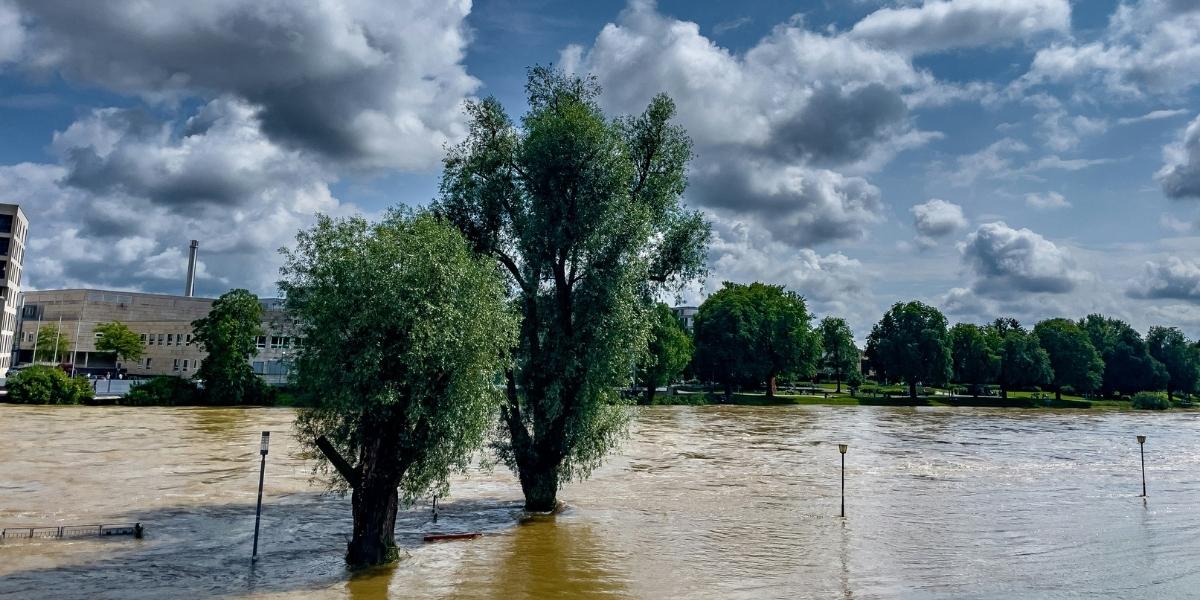Deciphering “Fake News”: Understanding its Impact and Navigating the Information Landscape
The term “fake news” has become a pervasive part of contemporary discourse, reflecting a growing concern over the spread of misinformation and disinformation. As technology has advanced, the ability to quickly disseminate false or misleading information has exponentially increased. This article aims to unpack the complexities of “fake news,” examining its various forms, its impact on society, and strategies to navigate the challenging information landscape.
Read Also: The Great Smartphone Debate: iOS vs. Android
Defining “Fake News”
Understanding “fake news” starts with distinguishing between two major categories: misinformation and disinformation.
-
Misinformation refers to the spread of incorrect or inaccurate information, often shared unknowingly or unintentionally. This could include everything from minor factual errors to misrepresented statistics, typically resulting from a lack of knowledge or misinterpretation.
-
Disinformation, on the other hand, involves deliberate falsehoods intended to deceive, manipulate, or mislead the audience. These falsehoods are crafted with a specific agenda, often to sway public opinion or influence political or social outcomes.
“Fake news” manifests in several forms, including fabricated stories, manipulated media (such as doctored images or videos), and misleading content that takes advantage of the audience’s biases or lack of understanding.
The Spread and Impact
The speed at which fake news spreads is amplified by social media and online platforms. These platforms provide an ideal environment for viral content, where a catchy headline or controversial claim can spread like wildfire. But why does it spread so rapidly?
Psychological factors play a significant role. People are naturally inclined to share content that aligns with their existing beliefs or emotions, especially when it confirms biases. This is known as confirmation bias, where individuals seek out information that supports their views and avoid information that challenges them. The emotional nature of many “fake news” stories—whether designed to provoke outrage, fear, or joy—also contributes to their viral spread.
The impact of “fake news” on public opinion is profound. It can distort perceptions of events, shape political ideologies, and even influence elections. Trust in institutions such as media outlets, government agencies, and scientific organizations can erode when false information clouds public judgment. Over time, this can lead to a loss of credibility in credible sources and create a fragmented society where truth is more difficult to discern.
The Role of Technology
Technology plays a dual role in both facilitating the spread of “fake news” and providing tools to combat it. On the one hand, social media algorithms and bots are often used to amplify false narratives. Algorithms that prioritize sensational or emotional content can help “fake news” reach a wide audience, while bots can automate the distribution of misleading information.
More concerning are the emerging technologies like deepfakes—hyper-realistic videos or audios that manipulate the appearance or voice of individuals. These digital forgeries make it increasingly difficult to distinguish between fact and fiction, undermining trust in visual media.
On the positive side, technology also offers solutions for combating misinformation. Fact-checking tools, developed by both organizations and independent journalists, help verify claims and counter false narratives. Additionally, media literacy initiatives aim to educate the public about how to assess the credibility of online content and identify signs of manipulation. While technology alone is not a silver bullet, it has the potential to reduce the impact of “fake news” by promoting more informed media consumption.
The Erosion of Trust
The rise of “fake news” contributes significantly to the erosion of trust in traditional institutions, including media outlets, government, and science. Historically, media organizations were trusted to report facts, government agencies were expected to act in the public interest, and scientific institutions were viewed as impartial sources of knowledge. However, as misinformation spreads, these trusted pillars of society are often viewed with skepticism.
This erosion of trust has broader consequences. Public discourse becomes more fragmented as individuals begin to distrust sources of information that do not align with their personal beliefs. As a result, debates become polarized, and collaboration across political or ideological lines becomes increasingly difficult. Moreover, civic engagement suffers when citizens are unable to trust the information that informs their decisions, leading to apathy or disengagement from political and societal matters.
Media Literacy and Critical Thinking
Given the pervasive nature of “fake news,” media literacy has never been more important. Critical thinking skills allow individuals to approach information with skepticism, evaluate the credibility of sources, and consider the context of the content they encounter.
Several strategies can help individuals better navigate the information landscape:
-
Verify Sources: Always check the credibility of the source providing the information. Trusted news outlets, peer-reviewed journals, and official statements are more likely to provide accurate information.
-
Cross-Reference Information: If a story seems too sensational or unbelievable, look for multiple sources that corroborate the claim.
-
Question Emotional Appeals: Many “fake news” stories are designed to provoke an emotional response. Being aware of this tactic helps individuals resist the urge to share unverified content.
-
Understand Algorithms: Recognize that social media platforms prioritize content based on engagement, not necessarily on accuracy. This can lead to the spread of misleading information.
By promoting media literacy and critical thinking, society can equip individuals with the tools necessary to make informed decisions and reduce the spread of misinformation.
The Legal and Ethical Implications
“Fake news” raises several legal and ethical issues, particularly concerning freedom of speech, censorship, and the responsibility of online platforms. While free speech is a fundamental right, the proliferation of misleading or harmful information challenges the balance between free expression and the public good.
The role of social media platforms in combating “fake news” has sparked intense debate. Should they be responsible for regulating content? Should they face penalties for hosting misleading information? These questions have prompted discussions about whether new regulatory frameworks are necessary to address the growing problem of misinformation.
Ethically, there is a responsibility for both individuals and organizations to ensure that the information they share is accurate and well-sourced. This is not just about protecting public opinion, but also about maintaining the integrity of democratic processes and societal trust.
The Global Perspective
The spread of “fake news” is not confined to one country or culture. Across the globe, misinformation campaigns, often state-sponsored, have been used to influence elections, destabilize governments, and manipulate public opinion. The international nature of the internet means that misinformation can cross borders effortlessly, complicating efforts to combat it.
Read Also: Nurturing Your Skin Through Every Stage of Life
In some cases, governments have launched disinformation campaigns as a tool of geopolitical influence. These campaigns can use false narratives to sway public opinion, create division, or undermine rival states. The difficulty of regulating misinformation on a global scale makes cooperation among nations critical in combating “fake news” and its impact.
“Fake news” represents a significant challenge in today’s information landscape. As technology advances and misinformation continues to evolve, it is crucial for individuals to develop the skills needed to navigate this complex terrain. By fostering media literacy, encouraging critical thinking, and advocating for responsible media practices, we can begin to mitigate the damage caused by “fake news” and work towards a more informed, unified society.







